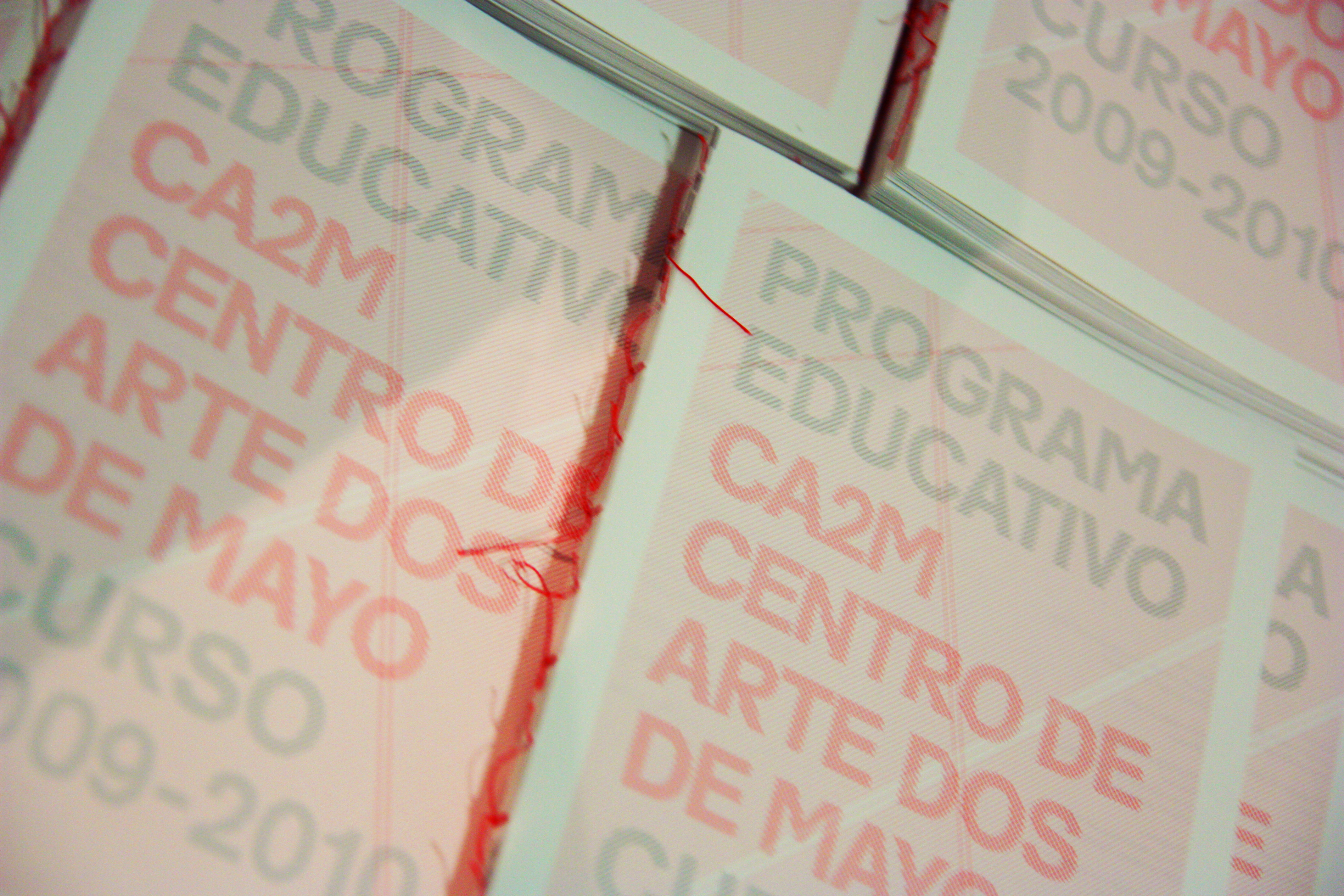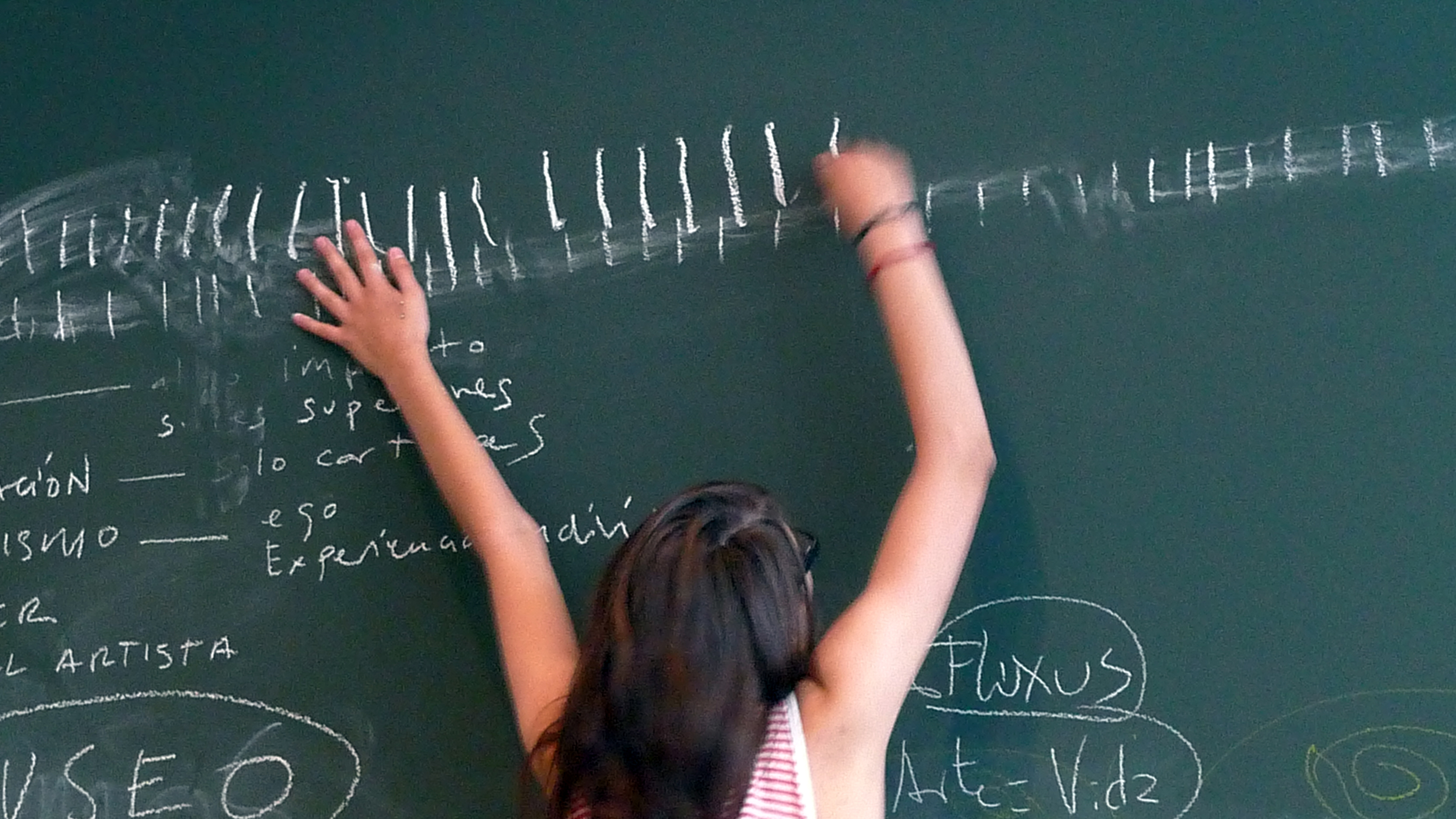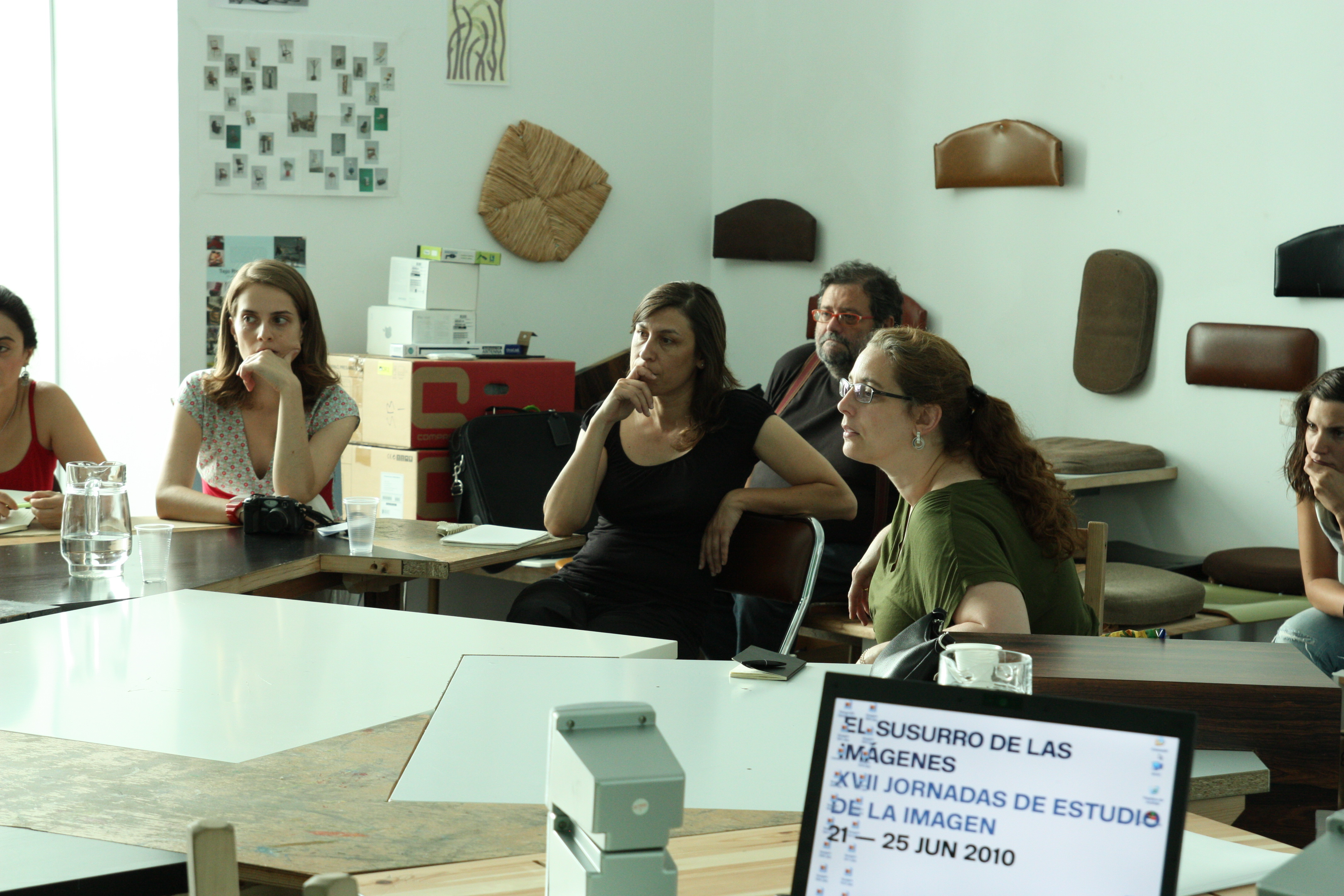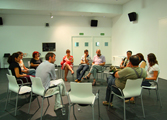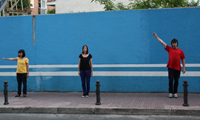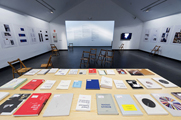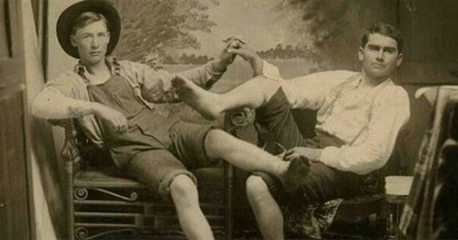This workshop continues with CA2M teaching investigation line centered in new ways of knowledge buildings through the body and performance. This summer teacher´s training workshop with Los Torreznos, a duo of vital, cultural and conceptual exploration, who works within the contemporary art through performance and videocreation.
This workshop intends to explore the expressive territory of the art action, the performance, basically bounded to the body and to its presence. This exploration will be developed according to Los Torreznos criteria: insistence, energy, repetition, presence, humor, simplicity of resources, constrictions and challenge.
These elements will be applied to investigate and train through practice the expressive resources of the participants. Thus, it involves an experience to put back into play and develop the using possibilities of the presence itself as a reflection and communication tool with the world.
For the workshop it is not required any previous artistic or performance tranning
Los Torreznos
Los Torreznos, Jaime Vallaure (Asturias 1965) & Rafael Lamata (Valencia 1959), is a duo of conceptual exploration covering the social and politic issues, and the most deep-rooted tradition.
In the pass, Los Torreznos´ members have individually formed part of collectives of independent art creation (Zona de Acción Temporal, Circo interior Bruto, A UA CRAG, La Constructora, La Revista Caminada). They have also organized different programmes and events (Art Action Festivals, Series of Lectures, publications, international projects, etc.)
Los Torreznos was created in 2000. Among their creative activities, they have developed several art action works, video-installations and sound art works. They were also part of the Spanish Pavillion in the 2007 Venetia Biennial, moreover, they have worked in different international festivals (Shangai, Glasgow, Phoenix, Noriega, Russia, Germany, Quebec, etc.) an in national ones (Madrid, Barcelona, Sevilla, Valencia, Bilbao, Cordoba, etc.)
Rafael Lamata and Jaime Vallaure have developed several works of joint intervention, videos, installations, actions ((ABC de la performance, Cuentos para la Cárcel de Carabanchel, La lógica del continente, 8 pasos para la destrucción del sistema capitalista, etc.)
Entrance
This workshop continues with CA2M teaching investigation line centered in new ways of knowledge buildings through the body and performance.

